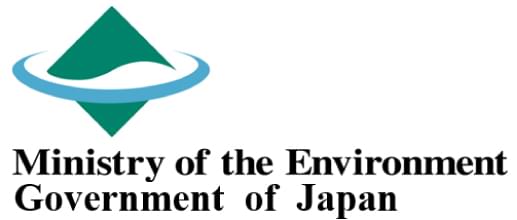- 7 October 2025
- JST 17:00 - 18:30 (GMT+09:00)
- Online
- Simultaneous interpretation
How do Socio-Ecological Production Landscapes and Seascapes (SEPLS) promote the Nexus Approach?
– Integrating theory and practice
In December 2024, the Intergovernmental Science-Policy Platform on Biodiversity and Ecosystem Services (IPBES) approved the Nexus assessment which assessed the interlinkages between biodiversity, water, food, and health. The term, “Nexus approach” was created as it aims to maximise synergies or minimise trade-offs in these interrelationships by understanding the interrelationships and interdependencies between sectors and systems. A key finding was that this approach is effective in addressing all elements of the environmental crises, i.e. biodiversity loss, pollution and climate change.
The Satoyama Initiative, proposed by the Government of Japan and the United Nations University Institute for the Advanced Study of Sustainability (UNU-IAS), and endorsed at the 10th meeting of the Conference of the Parties to the Convention on Biological Diversity (CBD COP10) in Aichi, Japan in 2010, is a global effort to promote landscape and seascape approaches for biodiversity and human well-being. The Initiative focuses its efforts on “socio-ecological production landscapes and seascapes (SEPLS)”, which are dynamic mosaics of habitats and land/sea uses that provide the goods and services needed for human life while being managed to maintain biodiversity.
In this session, we aim to discuss how SEPLS embody the nexus approach and the methods and factors that must be considered for the successful and efficient implementation and outcome in real life. We will do this through a scientific conceptual framework, presentations of grassroots practices from Ghana and India, and a panel discussion.
Programme
MIWA Koji, Research Manager, Biodiversity and Ecosystem Services, IGES
Yaw Osei-Owusu, Executive Director, Conservation Alliance International (CAI), Ghana
Pamela Owusuwaa, National Project Coordinator, Conservation Alliance International (CAI)
Siva Ramamoorthy, Professor, Vellore Institute of Technology (VIT), India
Panel Discussion
Diana Mangalagiu, Professor at University of Oxford & Neoma Business School & Coordinating Lead Author (Ch.4) of the IPBES Nexus assessment
Yaw Osei-Owusu, Executive Director, Conservation Alliance International (CAI), Ghana
Pamela Owusuwaa, National Project Coordinator, Conservation Alliance International (CAI)
Siva Ramamoorthy, Professor, Vellore Institute of Technology (VIT), India
SAITO Osamu, Programme Director, Biodiversity and Ecosystem Services Unit, IGES & Coordinating Lead Author (Ch.4) of the IPBES Nexus assessment
KAWAI Hideki, Deputy Director of Biodiversity Strategy Office, Nature Conservation Bureau, Ministry of the Environment, Japan
.jpg?h=beb2a061&itok=ZHGwrodT)
TAKEUCHI Kazuhiko
President, IGES

MIWA Koji
Research Manager, Biodiversity and Ecosystem Services Unit, IGES

Yaw Osei-Owusu
Executive Director, Conservation Alliance International (CAI), Ghana

Pamela Owusuwaa
National Project Coordinator, Conservation Alliance International (CAI)

Siva Ramamoorthy
Professor, Vellore Institute of Technology (VIT), India

Diana Mangalagiu
Professor at University of Oxford & Neoma Business School & Coordinating Lead Author (Ch.4) of the IPBES Nexus assessment

SAITO Osamu
Programme Director, Biodiversity and Ecosystem Services Unit, IGES & Coordinating Lead Author (Ch.4) of the IPBES Nexus assessment

KAWAI Hideki
Deputy Director of Biodiversity Strategy Office, Nature Conservation Bureau, Ministry of the Environment, Japan
Session Supporters


